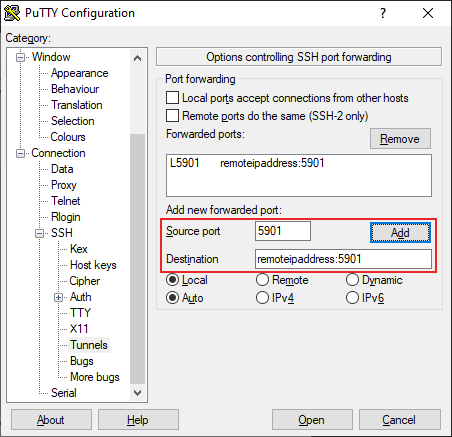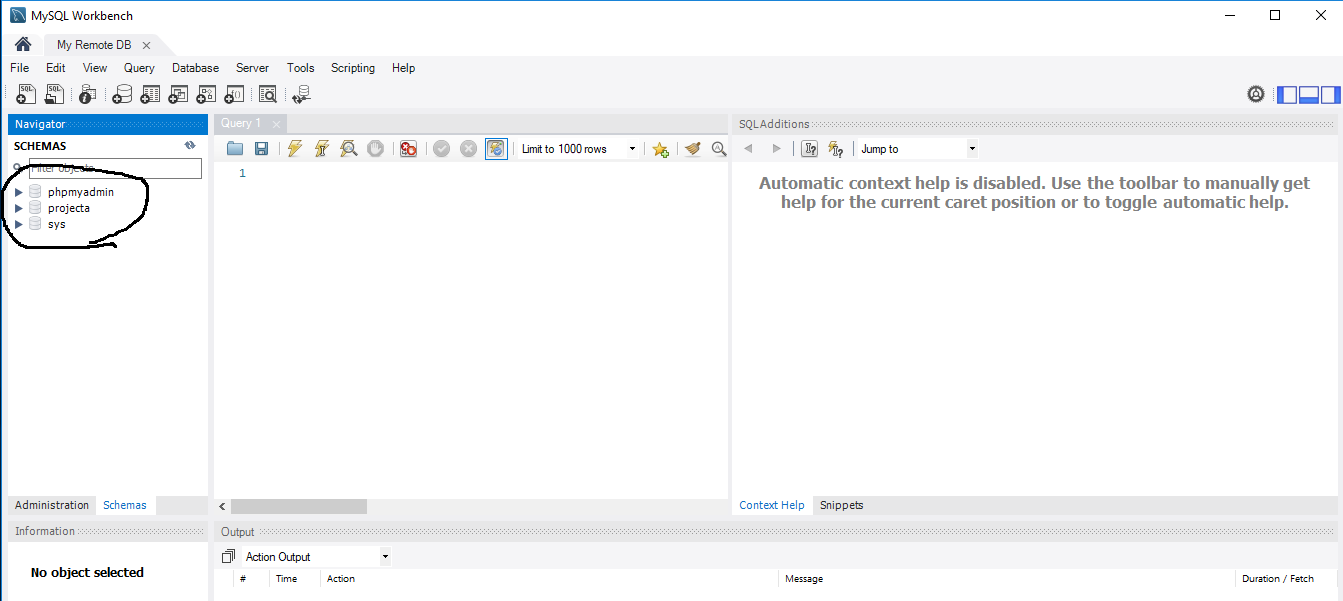

What is the proper way to set this up and avoid working against truenas at the same time.Is making a dedicated user to initiate the ssh connection correct or am I supposed to use root instead?.Does any of this sound prohibitively difficult so far or am I going in the wrong direction somehow?.The final state of the destination directory on the rsync host should be something which is either owned by the user initiating the ssh connection or by a designated user.The user initiating the ssh connection can only rsync and don't get a shell into the truenas host or permission to run anything else (I guess this is optional).

The user initiating the ssh connection is a non-root account on the truenas instance.In my mind, authenticated ssh access while rsyncing a directory to a target in a dataset should have the following things be true: I see that truenas uses root for a lot, which I'm not used to but I can do that if it's best practice somehow. I don't want to achieve this through firewall rules or anything like that and would like to achieve it by tunneling over ssh. Use configured rsync modules on the truenas host (this is actually optional, but I don't know if it's even possible)Īs background, I want to tunnel over ssh even within the local network to avoid exposing an open rsync service on truenas.Do a "generic rsync" that forces a directory on the target (truenas) to match the state of a directory on the source (host A).Initiate rsync from host A, connecting to truenas.Everything is within a local network that I control.Host A (generic rsync client, running linux).Most resources I found seem to assume that you are pulling from the remote host to truenas, not the other way around. I'm trying to understand the proper way to do this and so far I was not able to find any references which covered it clearly.


 0 kommentar(er)
0 kommentar(er)
